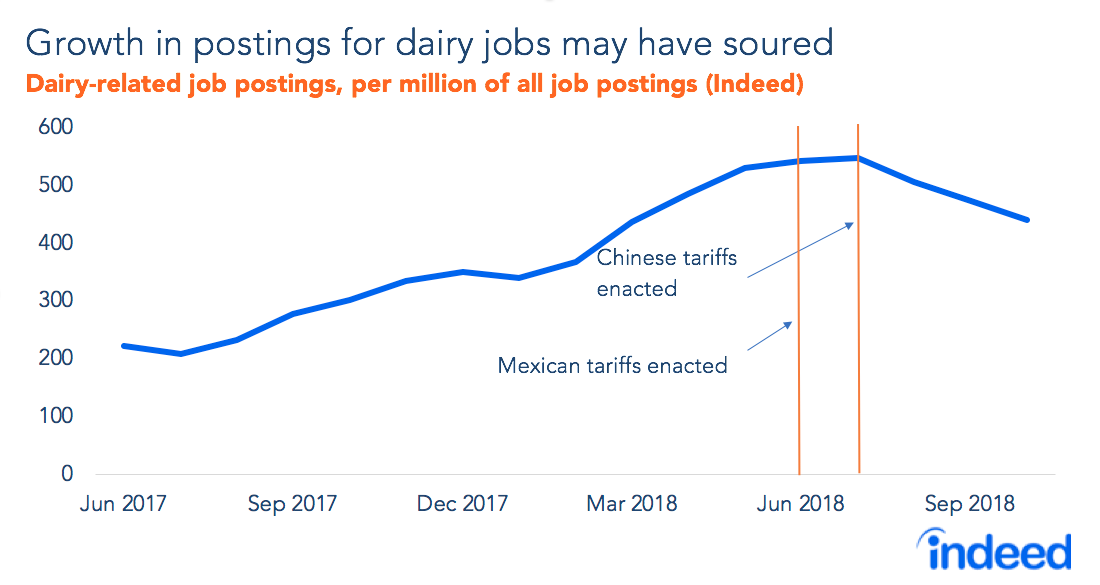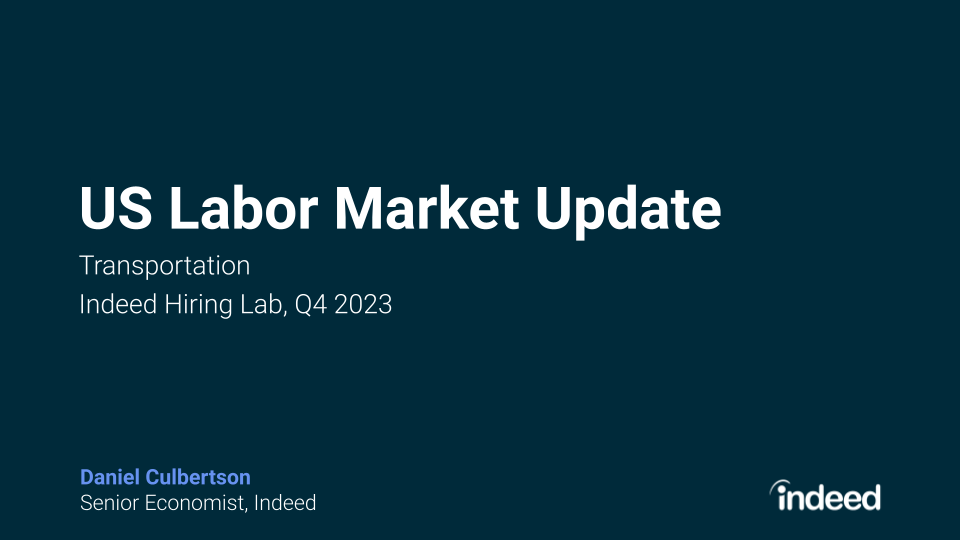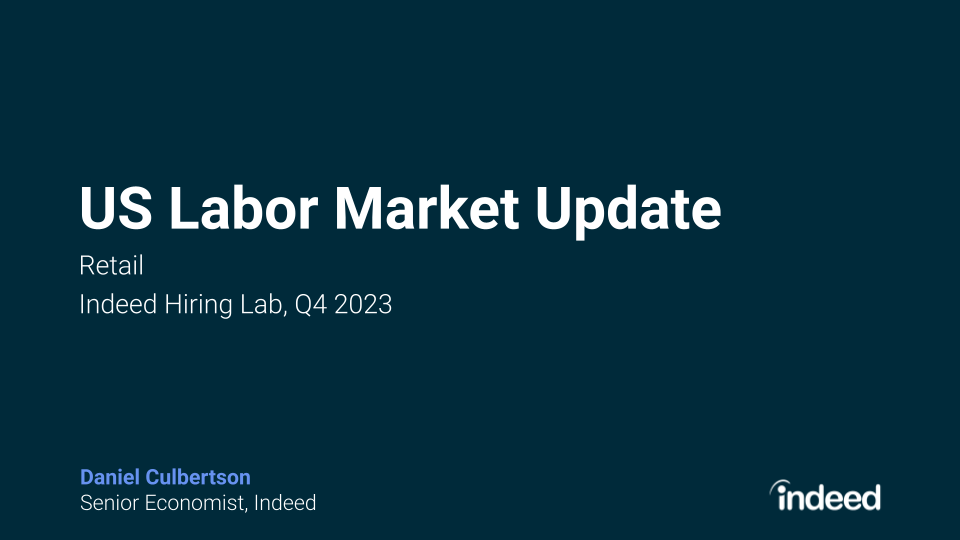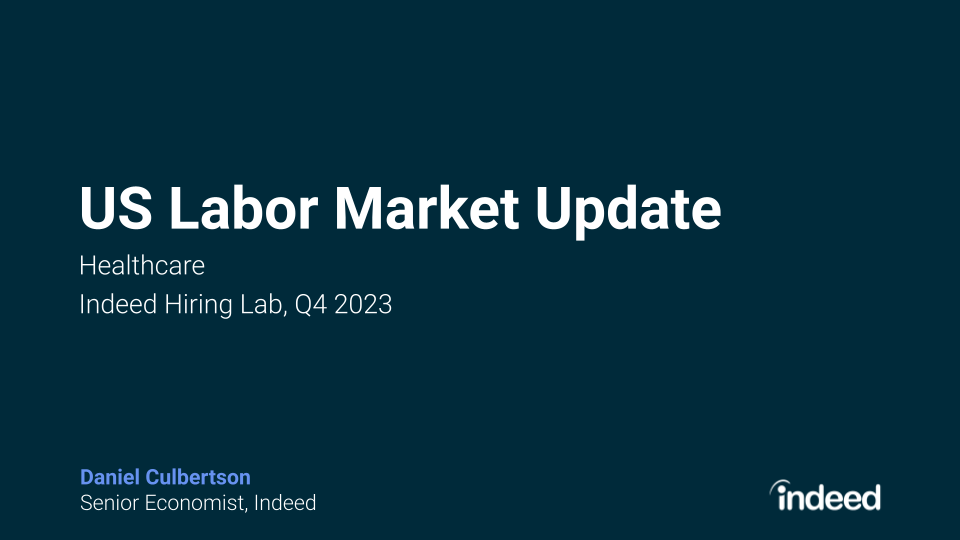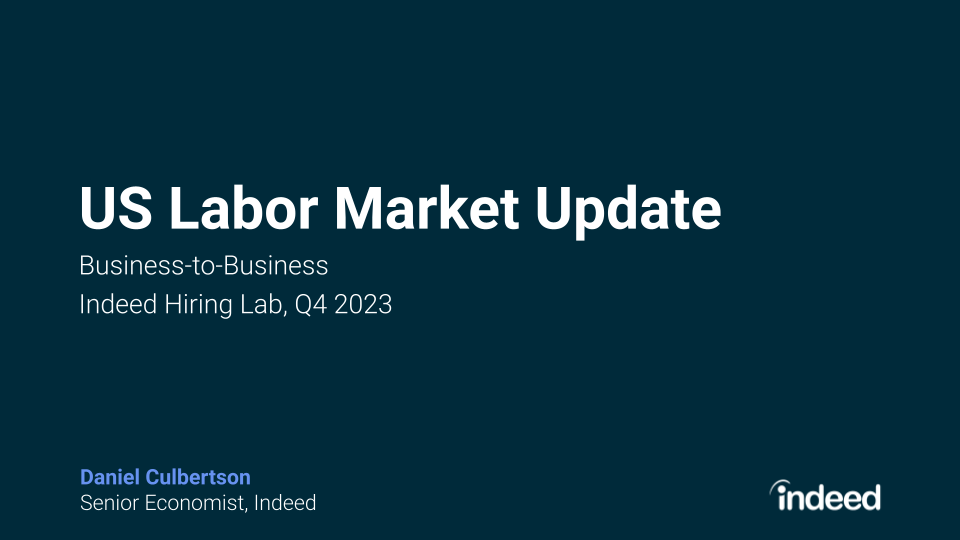How much has the ongoing trade war affected the US labor market? We took a look at two industries targeted for retaliatory tariffs by US trade partners: dairy and bourbon. Both were targets due to their political importance. Bourbon is a big export for Kentucky, the home state of Senate Majority Leader Mitch McConnell, and they don’t call residents of Wisconsin, the home state of House Speaker Paul Ryan, cheeseheads for nothing.
The states of these two industries are emblematic of the uneven impacts of tariffs so far in the US labor market. One industry—dairy—seems to be suffering, while another—bourbon—seems to be holding up so far. Of course, a further escalation in trade hostilities might cause more damage, and more industries may feel the pain as the tariffs are in place longer, but the effects in bourbon appear limited as of now.
Early this year, Mexico enacted tariffs on several dairy products in June and China followed suit in July. Indeed data on job postings for dairy-related jobs show a consistent decline in employer postings for these jobs since those tariffs went online. Before the tariffs were enacted, postings had been edging upwards.
By contrast, postings for bourbon jobs, another target of tariffs, doesn’t seem to have been hit that hard. As the chart below shows, the essentially flat trend in these postings hasn’t changed much in the wake of tariffs.
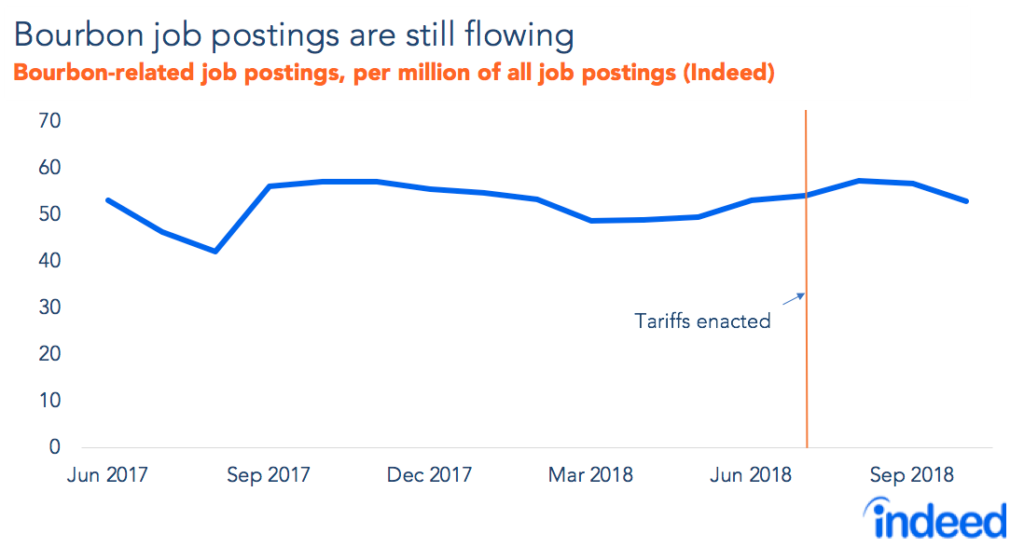
Of course, the effects of tariffs may be hard to see just yet. In the near future, overall employment growth may slow down when the labor market gets closer to full employment. Teasing out whether such a slowdown was due to tariffs or the broader trend in the labor market will be difficult. Furthermore, the effects of tariffs may take some time to show up in data like job postings. Companies may raise prices or cut into their profit margins before slowing down expansion via hiring, and this slowdown wouldn’t be readily evident in labor market data.
For now, Hiring Lab will be keeping an eye on specific industries that are likely to be most directly impacted by tariffs to gauge the current and future impacts of retaliatory tariffs.
Methodology
We identify dairy-related postings as those from companies who posted jobs with ‘dairy production’ in job descriptions and bourbon-related postings as those from companies who posted jobs with ‘bourbon’ or ‘distillery’ in the job description. We then manually checked the list of bourbon-related and dairy-related companies and pulled out false positives. Postings are shown as per million total postings in the United States to account for Indeed’s growth over time.
